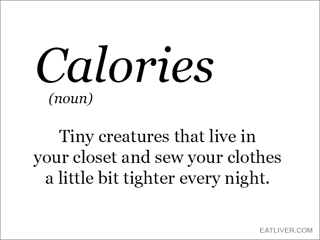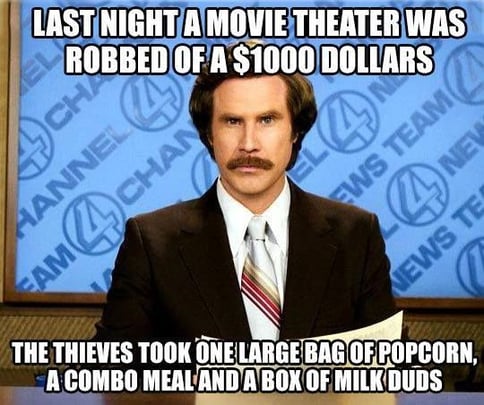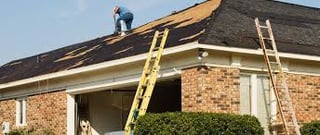 You will recall that a fix and flip loan is a loan used to acquire a run-down home and to renovate it in anticipation of a quick sale. When a fix and flip lender orders the appraisal, he will ask the appraiser for two values - the current "as is" value of the property and the after repair value ("ARV").
You will recall that a fix and flip loan is a loan used to acquire a run-down home and to renovate it in anticipation of a quick sale. When a fix and flip lender orders the appraisal, he will ask the appraiser for two values - the current "as is" value of the property and the after repair value ("ARV").

The after repair value is the value of the home after the renovation has been completed. This number is also the single most important number in the whole underwriting process. If a fix and flip deal passes the after repair loan-to-value ratio test, a lot of flaws in the deal can be overlooked.
Okay, so what must the loan-to-value be based on the after repair value? For most fix and flip lenders, this ratio must be 70.0% or lower. Many fix and flip lenders will not exceed 65% of the after repair value.

Ultimately the after repair loan-to-value test is a measure of the profit in the deal and of the wisdom of even doing the deal at all. At a recent conference, several fix and flip lenders reported that they had had investor-flippers actually thank them for turning down their deals because the projects lacked profitability. The appraiser and the lender had caught a big mistake that the investor-flipper was about to make. In several cases, the investor-flipper was able to go back to the seller, show him the numbers, and convince the seller to lower his asking price!

I hinted earlier that some flaws might be overlooked if there was a enough potential profit in the deal. For example, normally a fix and flip lender will require that the investor-flipper contribute (put down) 20% of the purchase price of the run-down home. If the after repair loan-to-value ratio was less than, say, 65% then the investor-flipper might be able to convince his fix and flip lender to allow him to put down just 15% of the purchase price of the run-down home.

If the project has lots of potential profit, in other words, the after repair loan-to-value ratio is less than 65%, the investor-flipper might get approved with a credit score of less than 600 or with better credit but with no experience. No matter the size of the potential profit, it is unlikely that the investor-flipper would be approved if he both lacked experience and had poor credit. Potential profit can only do so much to help.

I just finished an extended article on fix and flip loans, and I encourage you to read it. The guys making the big money in finance these days are the ones either using fix and flip loans or originating them. Fix and flip financing is a target of hot money on Wall Street.







 One of the most important questions asked by fix and flip borrowers is, "How much cash do I have to bring to the closing table?"
One of the most important questions asked by fix and flip borrowers is, "How much cash do I have to bring to the closing table?" 

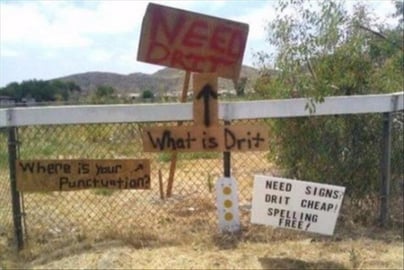
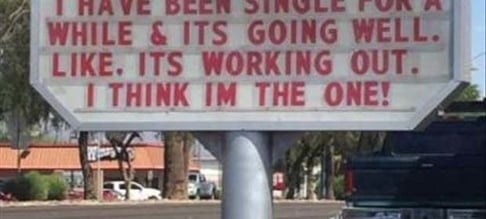






 My son, Tom, and I just returned for the 5th Annual American Association of Private Lenders Conference in Las Vegas. At the conference, fix and flip loans were all the rage. Everyone was talking about them. Several of the break-out sessions were about fix and flip financing. There were even hedge fund managers and Wall Street investment bankers prowling the conference floor in search of hard money shops (private money mortgage brokers) to sell them more fix and flip loans.
My son, Tom, and I just returned for the 5th Annual American Association of Private Lenders Conference in Las Vegas. At the conference, fix and flip loans were all the rage. Everyone was talking about them. Several of the break-out sessions were about fix and flip financing. There were even hedge fund managers and Wall Street investment bankers prowling the conference floor in search of hard money shops (private money mortgage brokers) to sell them more fix and flip loans.




 "I applied for an SBA loan but they turned me down." Okaaaay, but what did the second SBA lender say? How about the third? Today's article is pretty long, so if you don't get to the end, please remember this important lesson:
"I applied for an SBA loan but they turned me down." Okaaaay, but what did the second SBA lender say? How about the third? Today's article is pretty long, so if you don't get to the end, please remember this important lesson:










 Have you guys ever heard of a smartphone app called TuneIn.com? I stumbled across the app recently, and I am enjoying it so much that I thought I'd share it with you. I am not getting paid for this article, ha-ha. I am simply sharing my wonderful experience with TuneIn.com because you guys are my buddies. I teach my loan officers to write to their contacts, not as some stuffy, boring "professional", but rather as if they were buddies sharing a beer at the end of the day - so pop open a brew and prepare to be wowed.
Have you guys ever heard of a smartphone app called TuneIn.com? I stumbled across the app recently, and I am enjoying it so much that I thought I'd share it with you. I am not getting paid for this article, ha-ha. I am simply sharing my wonderful experience with TuneIn.com because you guys are my buddies. I teach my loan officers to write to their contacts, not as some stuffy, boring "professional", but rather as if they were buddies sharing a beer at the end of the day - so pop open a brew and prepare to be wowed.


